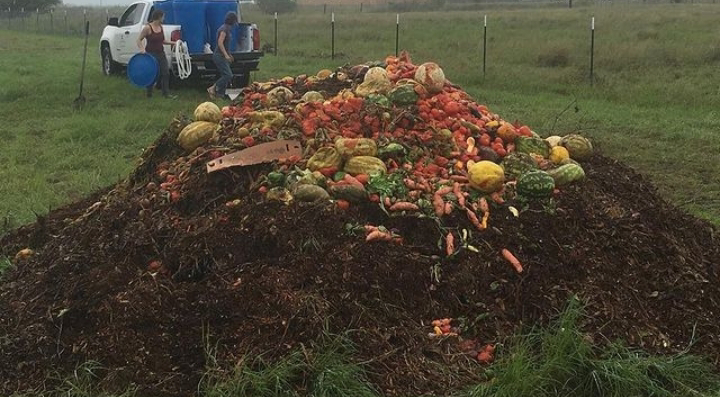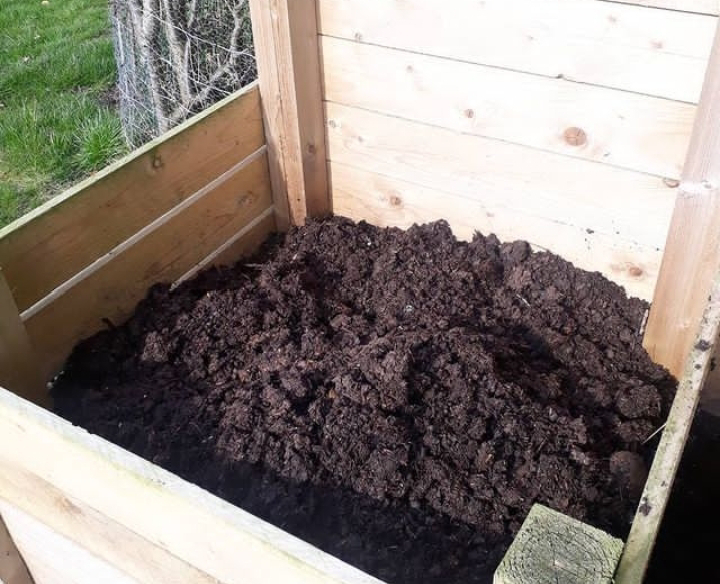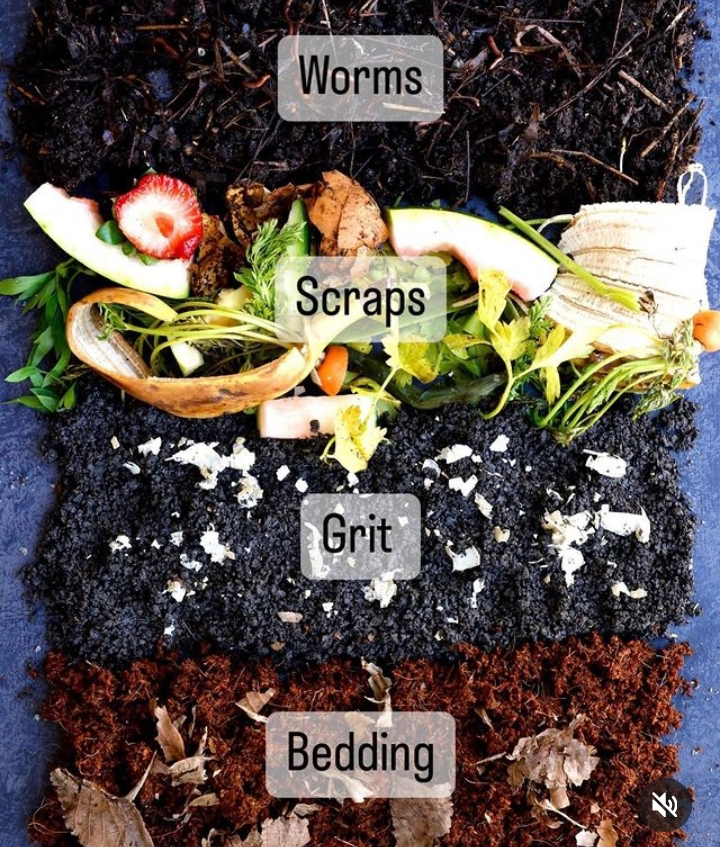Composting coffee grounds and filters is an excellent eco-friendly practice that can help reduce waste and enrich your compost pile with valuable organic matter. Coffee grounds and filters add nitrogen and carbon to your compost, which are essential elements for healthy composting. Here's how you can compost coffee grounds and filters:
1. **Collecting Coffee Grounds and Filters:**
Save your used coffee grounds and paper filters after brewing coffee. If you have a paperless coffee maker or use a French press, you can still compost the grounds and any paper filters you might use.
2. **Storage:**
Keep the used coffee grounds and filters in a compost pail or a separate container with a lid to prevent any odors.
3. **Mixing with Compost:**
When adding coffee grounds to your compost pile, it's essential to balance them with other compost materials. Coffee grounds are rich in nitrogen, so be sure to mix them with carbon-rich materials like dry leaves, straw, or shredded paper. The ideal ratio is roughly 1 part coffee grounds to 2 or 3 parts carbon materials.
4. **Avoid Clumping:**
Coffee grounds have a tendency to clump together and form a dense mass, which can impede airflow in the compost pile. To prevent this, mix the coffee grounds with the other compost materials thoroughly.
5. **Add in Layers:**
For better composting results, it's a good idea to layer your compost materials. Alternate layers of kitchen scraps (including coffee grounds), yard waste, and carbon materials.
6. **Moisture Management:**
Keep an eye on the moisture level of your compost pile. Coffee grounds are relatively moist, so you might need to balance it with drier materials if your compost becomes too wet.
7. **Speeding up Decomposition:**
To accelerate the composting process, you can turn the compost pile regularly. Turning the pile aerates it, provides oxygen to the microorganisms, and helps speed up decomposition.
8. **Compost Uses:**
Once the composting process is complete, you'll have nutrient-rich compost that you can use in your garden or for potted plants. The compost will improve soil structure, retain moisture, and provide essential nutrients to your plants.
9. **Avoid Composting Contaminants:**
When composting coffee grounds and filters, make sure you are not adding non-compostable items like coffee pods (K-Cups) or any other non-biodegradable materials.
Composting coffee grounds and filters is a simple and effective way to reduce waste and create a valuable resource for your garden. By doing so, you contribute to the environment by diverting organic materials from landfills and promoting sustainable gardening practices.















